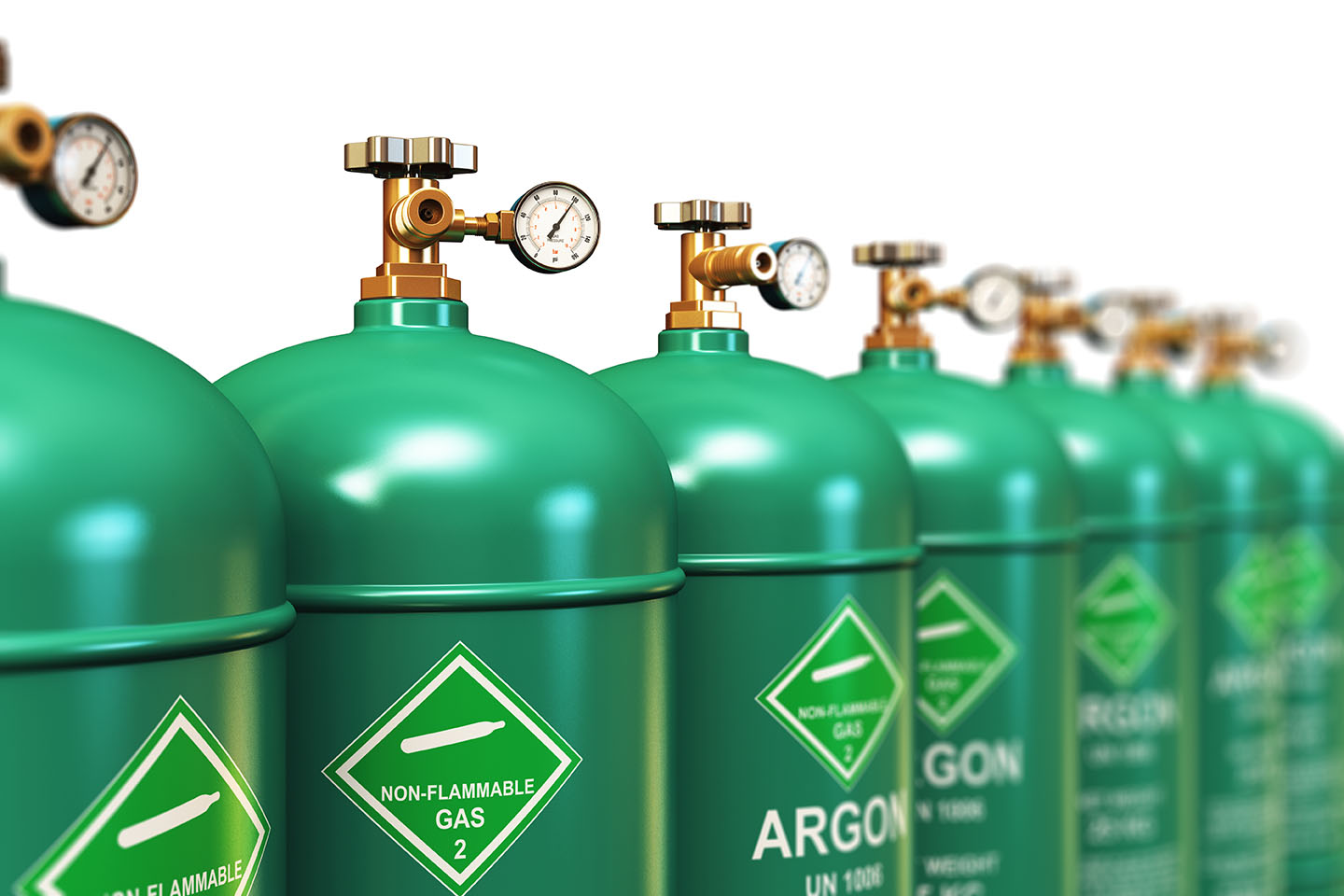
< Back
valve
Definition
A valve is a device that controls the flow of fluids. It is a mechanical device that allows fluid to flow in one direction and prevents it from flowing in the opposite direction.
Valves are used in many different machines and devices, such as cars, aeroplanes, and water faucets. They are also used in the human body, such as the heart valve.
There are many different types of valves, each with its own specific purpose. Some common types of valves include:
- Ball valves: These valves are controlled by a ball that rotates to open or close the valve.
- Gate valves: These valves are controlled by a gate that moves up and down to open or close the valve.
- Piston valves: These valves are controlled by a piston that moves up and down to open or close the valve.
- Diaphragm valves: These valves are controlled by a diaphragm that moves up and down to open or close the valve.
How can the word be used?
The doctor used a valve to control the flow of blood during surgery.

Different forms of the word
Noun: a device that controls the flow of fluid or gas.
Verb: to regulate the flow of fluid or gas using a valve.
Etymology
The word "valve" comes from the Latin word "valva", which means "door" or "gate".
The first recorded use of the word "valve" in English was in the 14th century.
Question
What do valves do?
AQA Science Exam Question and Answer
Question:
Explain the function and importance of valves in the circulatory system. Describe the structure of heart valves and their role in maintaining blood flow. Discuss the types of heart valve disorders and their potential impact on overall cardiovascular health.
Answer:
Valves in the circulatory system serve a vital role in ensuring efficient blood flow through the heart and blood vessels. These valves prevent the backward flow of blood and maintain unidirectional circulation. The heart consists of four valves: the mitral valve and tricuspid valve between the atria and ventricles, and the aortic valve and pulmonary valve between the ventricles and major blood vessels.
The structure of heart valves comprises thin flaps of tissue known as leaflets or cusps, which open and close in response to pressure changes. During the cardiac cycle, valves open to allow blood to flow through, and then close tightly to prevent regurgitation, ensuring blood flows in the correct direction.
Heart valve disorders can disrupt normal blood flow, leading to potential health consequences. Conditions like valve stenosis involve narrowing of the valve opening, impairing blood flow. Valve regurgitation, on the other hand, occurs when valves don't close properly, causing blood to leak backwards. These disorders can strain the heart, leading to symptoms such as fatigue, shortness of breath, and chest pain. Left untreated, they can contribute to heart failure and other cardiovascular complications.
Medical interventions, including valve repair or replacement, can address these disorders. Advances in medical technology have enabled minimally invasive procedures for valve repair, enhancing patient outcomes and reducing recovery time.